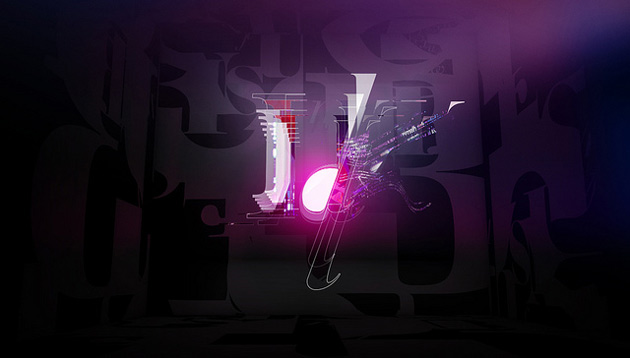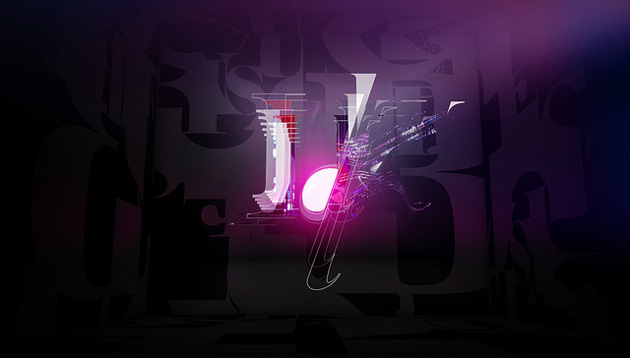Aaron Charlie
9 Oct 2013
Packaging Files in InDesign
InDesign is powerful, interactive and multimedia design software that can be used to create stunning documents for print and screen.
With such rich and potentially complex content comes the need for a means to share files easily and effectively. This is where packaging comes in.
On our Brighton-based InDesign Courses, you'll get to grips with the basics of InDesign, and we have a great eBook for you to download all about using Paragraph Styles in InDesign but here's a quick guide to using them on the latest Creative Cloud version of In Design.

The Background
The reason we decided to write this post was because of a particular issue that our InDesign trainer Sharon highlighted -
"For all those fellow users of InDesign who have happily packaged files without a hitch over many years you may encounter a very annoying error message as I have today when using InDesign CC:
“Cannot copy necessary linked file(s).”
Having spent several hours rectifying the problem I wish to spare you all the stress and waste of time this error message has caused me today.
Check your links from links panel, there might be images with “/” in the filename. eg. photo/image.jpg or any invalid characters. Amend the name of your file and remove said ‘/’, and all should be well."
So that's one of the more complex issues with packages in the latest version of InDesign, but what about the basics?
When Should You Use Packages?
There are no hard and fast rules as to when packages are necessary, but our trainer Sharon recommends using them at the end of a session or day of work in order to back up or archive the files. It's also useful for printing and to let other users edit it. The reason for this is as Sharon says:
"When you save an Indesign document it does not save the linked files....only the ID document, so if you were then to bin the image files, sound files, video, animation etc....you'd be stuffed"
Essentially, it's best practice; a good habit to get into. If you don't want to suffer the horror of a lost day's work, then packages are the way to go.
Dealing With Problems
One of the most useful aspects of packaging in InDesign is the ability to see if there are any potential 'problems' with the files.
So for example, you can go through each invidual aspect (from Fonts to Links etc.) and check to see that everything will be compatible for the other user.
This can be particularly useful when you have multiple images, graphics or fonts - it's easy to overlook minor details when in the midst of large project.
Considerations
Some 'problems' may occasionally crop up that you're not sure about. One of the more common of these is the RGB colour issue.
On any embedded images, InDesign may warn you that it could be a problem that their in RGB format. Generally these days it's not usually an issue, but it's always worth checking with the printer just in case.
Another consideration is the legality of fonts. Certain fonts will have copyright laws in place to prevent them being used commercially etc.
This sometimes can include sharing the font, even with a colleague, so make sure you're aware of the the legal restrcitions placed on fonts you're using.
Instructions
After you've pressed package, you'll have the option to include some instructions and even details like address, contact info etc. This can be useful if you're sending multiple files to the printers, perhaps for different people or companies.
This feature is purely optional, and probably not necessary for purely editing between colleagues.
Saving
You can now save the package how and where you'd like. You can create a zip file if you'd like, save it to hard-disk or server or just desktop an then email it across (if the file is small enough).
The final saved folder will contain:
- Fonts
- Instructions
- Links (and linked images)
- The file/document itself
And there you have it. Packaging documents in a nutshell. Check out the step-by-step video guide below for more help and when you're confident with InDesign, why not come on one of our other Adobe Courses?
